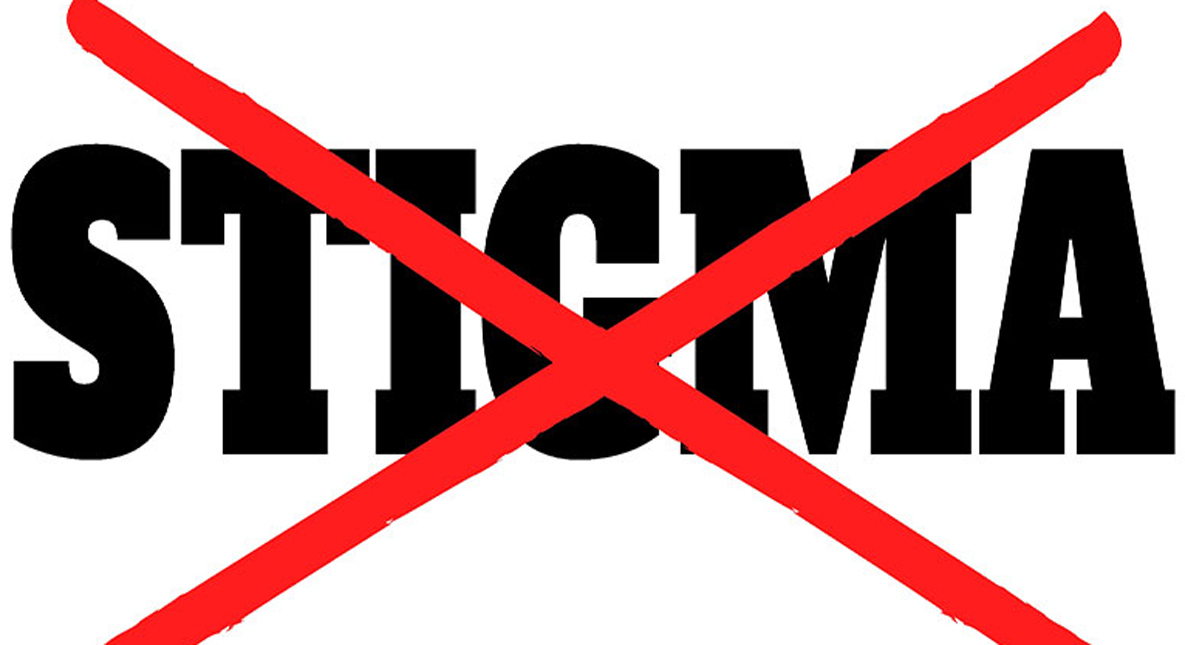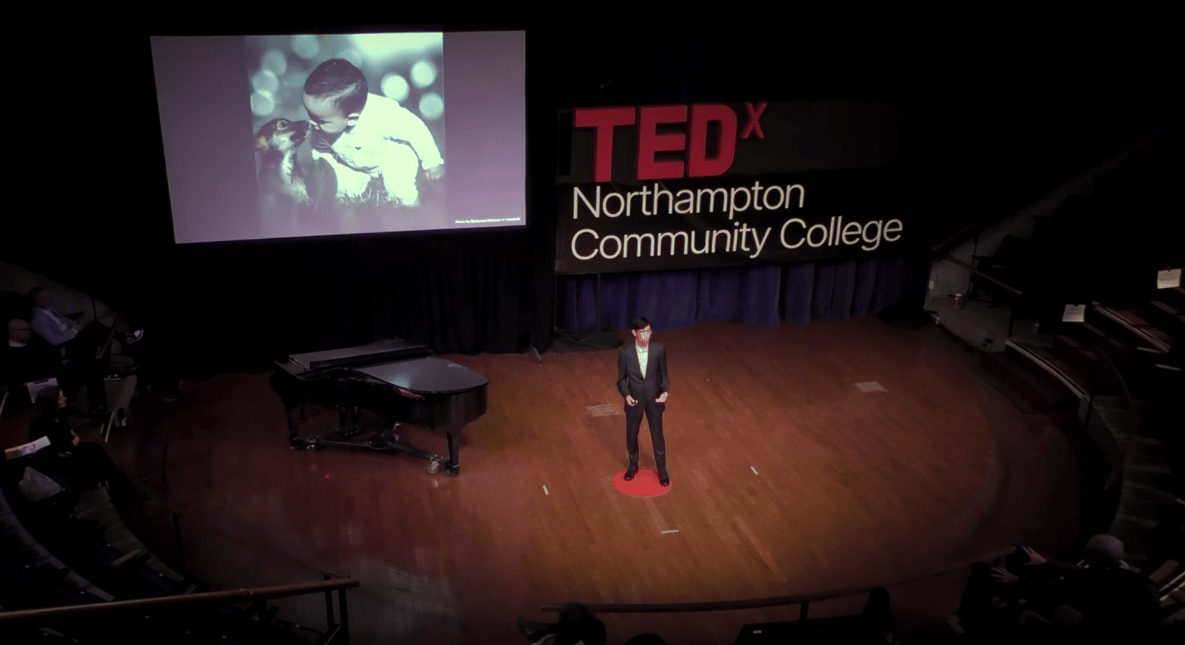Junior Aims to Reshape Conversation About Opioid Crisis
For about a year, Neha Skandan ‘21 has been researching the opioid crisis with a focus on how teenagers can help adults mitigate the opioid crisis by assisting loved ones with opioid use disorders. A significant part of her project has entailed meeting with different experts in the community, including physicians at LVHN and leaders of outreach programs, who are at the forefront of addressing this crisis.
Recently, Bethlehem Press published the following article she wrote on the topic:
Holiday dinners with family and friends always spark insightful conversation at mealtime, but such discussions also reveal alarming truths. For example, despite the cornucopia of food embellishing the dining table, one may have found out that a loved one is afflicted with opioid use disorder. Such a discovery is not that uncommon, as our society is in the midst of an opioid epidemic.
A 2016 study conducted by the Substance Abuse and Mental Health Services Administration determined that 2.1 million Americans suffered from an opioid use disorder that year, and the rate at which people develop opioid use disorders has since been increasing. Fortunately, there are many steps both adults and teenagers can take to help those dealing with opioid use disorders follow a path to recovery.
An opioid use disorder occurs when a person physically and mentally depends on opioids; he/she needs to constantly use opioids to relieve pain despite bearing grave consequences. These powerful drugs bind to the ‘reward pathway’ of the brain to produce pain relief and pleasurable feelings, increasing the chances of continual use. The body’s response to the nature of opioids puts a person at risk of tolerance when higher doses are needed to produce the same effects over time, and eventually dependence when the urge for those drugs becomes uncontrollable.
Addiction is a medical affliction like any other disease but, unfortunately, a stigma exists against those who suffer from opioid use disorders. When drug use disorders are seen as a moral issue instead of a disease, the misconception evokes feelings of fear, shame, and guilt among those who experience opioid and other substance use disorders, and often inhibits them from exploring recovery options. According to the National Center for Biotechnology Information, only 17.5 percent of people with substance use disorders reported ever attending or seeking treatment in 2016 due to fear of societal judgment.
Clearly, societal stigma is one of the main factors preventing people from receiving treatment. In order to make an impact, we must first turn to addressing stigma, which will serve as a gateway to other solutions. We can achieve this by changing our perception regarding opioid and other drug use disorders and accepting the fact that these disorders are treatable health conditions.
One direct method to incentivize us to alter our perception is by modifying our language when regarding opioid use disorders. Instead of referring to people with substance use disorders as ‘addicts,’ ‘junkies,’ or ‘drug abusers who lack willpower,’ we can refer to them as ‘people battling substance use disorders.’ Instead of referring to people who undergo treatment as ‘clean’ or ‘dirty’, we can refer to them as ‘a person in recovery.’
The depth of the opioid crisis requires the amalgamation of many seemingly subtle changes to produce a greater societal effect. When we all make a conscious effort to incorporate these unprejudiced words, we introduce the process of removing judgmental perceptions regarding substance use disorders.
In addition to combating the stigma revolving around opioid use disorders, other ways exist for people, particularly teenagers, to help mitigate the crisis. As a teenager myself, I have been taught to avoid using opioids and other drugs carelessly because they can lead to substance use disorders. However, this general curriculum does not emphasize what exactly teenagers should do to help a loved one access proper care for a substance use disorder. Therefore, when we encounter situations with a close family member or friend suffering from an opioid or other substance use disorder, a high probability exists that we fail to act.
The first step teenagers can take is recognizing if someone has an opioid or other substance use disorder. According to the National Institute on Drug Abuse, common questions include noting if someone has been requiring higher doses than prescribed to receive the same effect of the drugs or if they cannot stop using drugs even after trying, and if they are experiencing behavioral and other changes from overusing the drugs.
After identifying the problem, teenagers can take the initiative to help the loved one receive medical attention. This can be done by connecting with local treatment centers and rehabilitation services, or by visiting a doctor immediately. However, these methods will only become more effective if we remove the prejudices behind opioid use disorders. By reducing societal stigma, people will feel more receptive to obtaining help.
Understanding that opioid use disorders are simply medical conditions rather than moral wrongdoings is key to encourage people to comfortably seek preventative measures and treatment. By changing our perceptions of opioid and other substance use disorders, we expedite society’s progress in trying to solve the opioid epidemic, since stigma stands as a barrier to receiving medical care. Let’s remember to stimulate conversation and erase the long-standing negative perceptions regarding opioid use disorders.


 myMA
myMA











